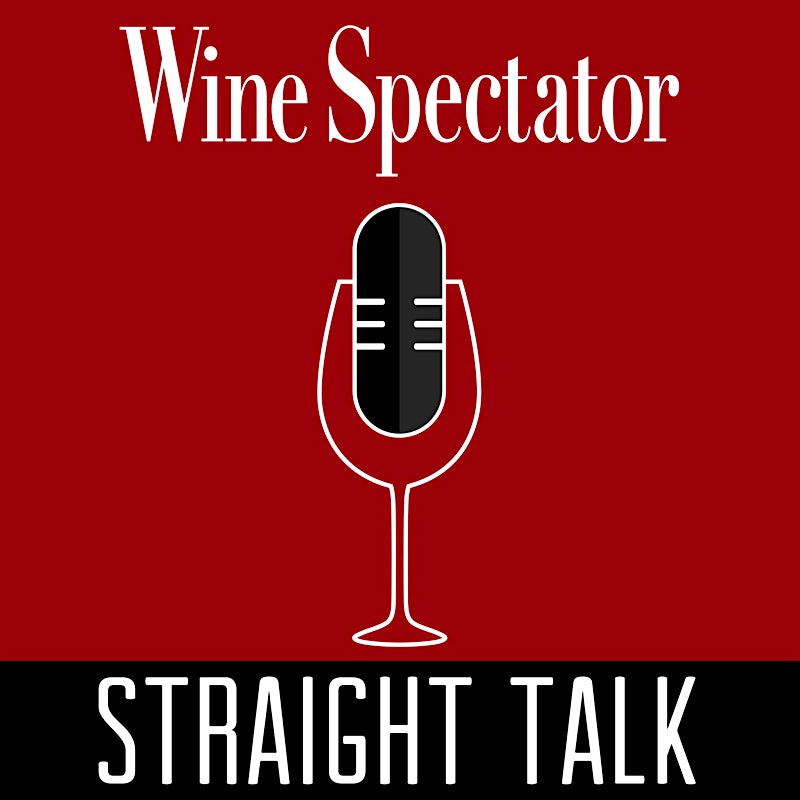What does it mean to describe a wine as "dry," "sweet" or "semi-dry"?

Hello there! I'm Dr. Vinifera, but you can call me Vinny. Ask me your toughest wine questions, from the fine points of etiquette to the science of winemaking. And don't worry, I'm no wine snob—you can also ask me those "dumb questions" you're too embarrased to ask your wine geek friends! I hope you find my answers educational, empowering and even amusing. And don't forget to check out my most asked questions and my full archives for all my Q&A classics.
Dear Dr. Vinny,
When categorizing wines, what would the name be of the category of “dry, sweet, semi-dry,” etc.? Would you call this “type” or “characteristic” or would either work?
—Miki F., Glenpool, Okla.
Dear Miki,
All of these terms—dry, sweet and semi-dry—refer to a level of sweetness or residual sugar in a wine. A wine is considered “dry” when all of the grape sugar is converted to alcohol during fermentation, while a sweet wine still has some residual sugar. “Semi-dry” or “off dry” wines have a mild or softly perceptible sweetness.
These terms can get confusing quickly, because sweetness sensitivity varies from person to person, and because sometimes a wine can be technically dry but give the impression of being sweet because the grapes were very ripe or the oak barrels imparted a sense of sweetness—like a caramel or cream soda note—to the wine. “Sweet” also seems to be a strange trigger word among people talking about wine—some people say they don’t like sweet wines because they think liking sweet wines would make them look like novices. That is nonsense—plenty of world-class wines have residual sugar in them.
Because of these factors, I find myself avoiding the terms “sweet” or “residual sugar” if there’s any chance of confusion. I like to use the term “richness,” which implies the perception of sugar with less negative connotation. As far as what to call the category, you might want to use the term "style," as in "made in an off-dry style."
—Dr. Vinny





